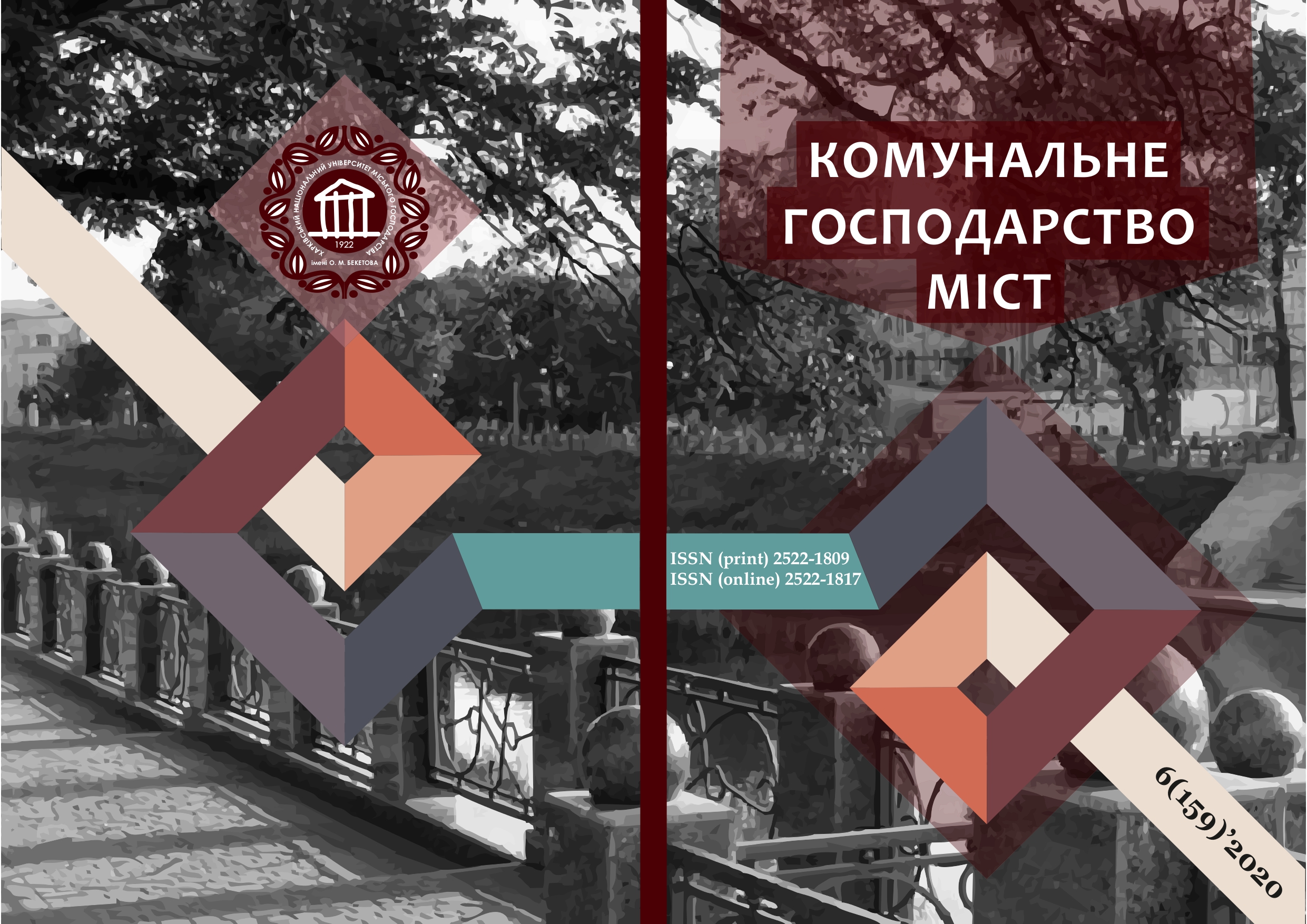INCREASING THE EFFICIENCY OF URBAN ELECTRIC TRANSPORT USING SADT METHODOLOGY
Array
Keywords:
system, control, movement, transport.Abstract
The issue of increasing the efficiency of urban electric transport through the introduction of CASE-technologies based on SADT-methodology is considered. The performance of the system analysis of the operation of urban electric transport is given. The system of urban electric transport is considered not as an isolated system that solves only its problems - making a profit, but in connection with the problems of the city, the population that uses transport services, enterprises that employ people who transport. The proposed methodology will allow to create a computer functional model of operation of electric vehicles in the IDEF0 format using the software package BPWin. It is shown that the operation of transport is a complex process consisting of three subsystems: operation management, commercial and technical operation. Each of these subsystems has its own functional tasks, which require appropriate resources. Therefore, to ensure resource conservation in the operation of rolling stock, the following levels of development are presented and considered: the city transport system, urban electric transport enterprises, technological processes of passenger transportation, maintenance, maintenance and repair of facilities and equipment. Also operation of city electric transport includes maintenance of vehicles in depot. This article describes the features of the impact of the rolling stock of urban electric transport on energy consumption, taking into account the influence of factors such as passenger cabin occupancy, mileage of the mobile unit when operating on the routes of large cities, operating speed. A new methodology for evaluating the work of a city electric transport company is presented, which allows to combine several different, economically independent enterprises into one functional model. It is shown that the use of the proposed model will make it possible to create a system of accounting for electricity consumption by different types of urban electric transport.
References
2. Dalekaya V.H. Matematicheskiye metody i modeli optimizatsii proizvodstvennykh programm predpriyatiy gorodskogo elektrotransporta v proyektakh resursosberezheniya / V.KH. Dalekaya, A.S. Gordiyenko, D.O. Lychov // Kommunal'noye khozyaystvo gorodov: Nauch.-tekhn. sb. - M .: Tekhnika, 2007. - Vyp. 79. - P. 299-305.
3. Lychov D.O. Trebovaniya k personal'nym komp'yuteram dlya organizatsii avtomatizirovannogo rabochego mesta rabotnika gorodskogo elektrotransporta / D.O. Lychov, A.I. Sergiychuk // Kommunal'noye khozyaystvo gorodov: Nauch.-tekhn. sb. - M .: Tekhnika, 2010. - Vyp. 88. - P. 313-318.
4. Lychov D.O. Virtualizatsiya kak sredstvo povysheniya urovnya ispol'zovaniya informatsionnykh resursov na predpriyatiyakh gorodskogo elektrotransporta / D.O. Lychov, K.A. Soroka, V.F. Sidorenko // Kommunal'noye khozyaystvo gorodov: Nauch.-tekhn. sb. - Khar'kov .: KHEAMN, 2011. - Vyp. 97. - P. 335-341.
5. Multi-Train Energy Saving for Maximum Usage of Regenerative Energy by Dwell Time Optimization in Urban Rail Transit Using Genetic Algorithm / F. Lin, Sh. Liu, Zh. Yang [et al.] // ENERGIES. – 2016. – Vol. 9, No. 208. – Р. 1–21.
6. Soroka K.A. Povysheniye effektivnosti ekspluatatsii sredstv elektrotransporta za schet upravleniya i optimizatsii skorostnykh rezhimov dvizheniya / K.A. Soroka, D.O. Lychov // Vestnik Natsional'nogo tekhnicheskogo universiteta "Khar'kovskiy politekhnicheskiy institut". - Khar'kov, NTU «KhPI», 2017, 27 (1249). - P. 289-293.
7. Lychov D.O. Optimizatsiya rezhimov dvizheniya transportnykh sredstv gorodskogo elektricheskogo transporta / D.O. Lychov, A.S. Povarekho // Vestnik Belorussko-Rossiyskogo universiteta. – 2020. – № 1 (66). S. 58-63.
8. Zakon Ukrainy "O transporte" // Postanovleniye Verkhovnoy Rady Ukrainy № 233/94-VR ot 10.11.1994.
9. Zakon Ukrainy «O gorodskom elektricheskom transporte» // Postanovleniye Verkhovnoy Rady Ukrainy N 1914-IV ot 29 iyunya 2004.
10. Levkovets P.R., Gedz YU.M., Kanarchuk A.V., Krishan L., Sendak M.D. Sistemnaya effektivnost' na transporte. Metody, modeli i strategii / Pod redaktsiyey P.R. Levkovtsya. - M .: NTU, IYEBT, 2002. - 216 p.
11. Dalekaya V.H. Metodologicheskiye aspekty resursosberezheniya na gorodskom elektricheskom transporte // Kommunal'noye khoz-vo gorodov. - Vyp. 49. M .: Tekhnika, 2003. - P. 179-184.
12. Cheremnykh S.V., Semenov I.O., Ruchkin V.S. Modelirovaniye i analiz sistem. IDEF-tekhnologii. – M.: Finansy i statistika, 2006. – 188 p.
13. Bakulich A.A. Primeneniye SADT-modelirovaniya dlya formalizatsii protsessa upravleniya transportnymi potokami na ulichno-dorozhnoy seti gorodov [Elektronnyy resurs] / A.A. Bakulich, A.A. Dudnik // Vestnik Natsional'nogo transportnogo universiteta. - 2012. - № 26 (2). - P. 63-67.
Downloads
Published
How to Cite
Issue
Section
License
The authors who publish in this collection agree with the following terms:
• The authors reserve the right to authorship of their work and give the magazine the right to first publish this work under the terms of license CC BY-NC-ND 4.0 (with the Designation of Authorship - Non-Commercial - Without Derivatives 4.0 International), which allows others to freely distribute the published work with a mandatory reference to the authors of the original work and the first publication of the work in this magazine.
• Authors have the right to make independent extra-exclusive work agreements in the form in which they were published by this magazine (for example, posting work in an electronic repository of an institution or publishing as part of a monograph), provided that the link to the first publication of the work in this journal is maintained. .
• Journal policy allows and encourages the publication of manuscripts on the Internet (for example, in institutions' repositories or on personal websites), both before the publication of this manuscript and during its editorial work, as it contributes to the emergence of productive scientific discussion and positively affects the efficiency and dynamics of the citation of the published work (see The Effect of Open Access).

